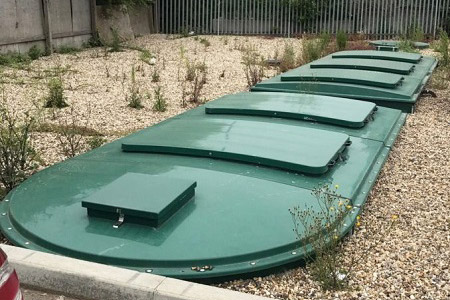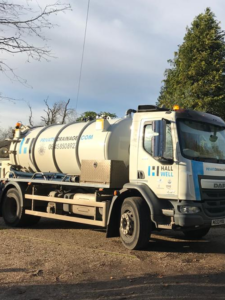The process of sewage treatment in a sewage treatment plant involves aerating the sewage to promote the growth of bacteria that can break down the raw sewage. While a sewage treatment plant shares similarities with a septic tank, it offers the advantage of producing more environmentally friendly and purified effluent. Depending on their size, sewage treatment plants can be used for both domestic and commercial purposes. The services Hallwell provide in Essex, London, Hertfordshire and Surrey cover a variety of sewage treatment plants and private sewage systems.

Firstly, a sewage treatment plant uses a series of processes and technologies to break down and treat wastewater, including aeration, sedimentation, and disinfection. This results in a more thorough treatment of the wastewater, which produces a higher quality of effluent that can be safely discharged into the environment.
In contrast, a septic tank relies on a more passive process of allowing solid waste to settle at the bottom of the tank while allowing liquid effluent to flow out of the tank into a drain field. While this process does treat the wastewater to some extent, it does not produce as clean or purified effluent as a sewage treatment plant.
Secondly, a sewage treatment plant is designed to handle larger volumes of wastewater than a septic tank. This makes it suitable for use in both residential and commercial settings, whereas a septic tank may only be able to handle the wastewater output of a single household.
Finally, a sewage treatment plant can be designed to meet specific regulatory standards for effluent quality, ensuring that the treated wastewater is safe for discharge into the environment. A septic tank may not always meet these same standards, and its effluent can pose a risk to groundwater and surface water if not properly managed.









